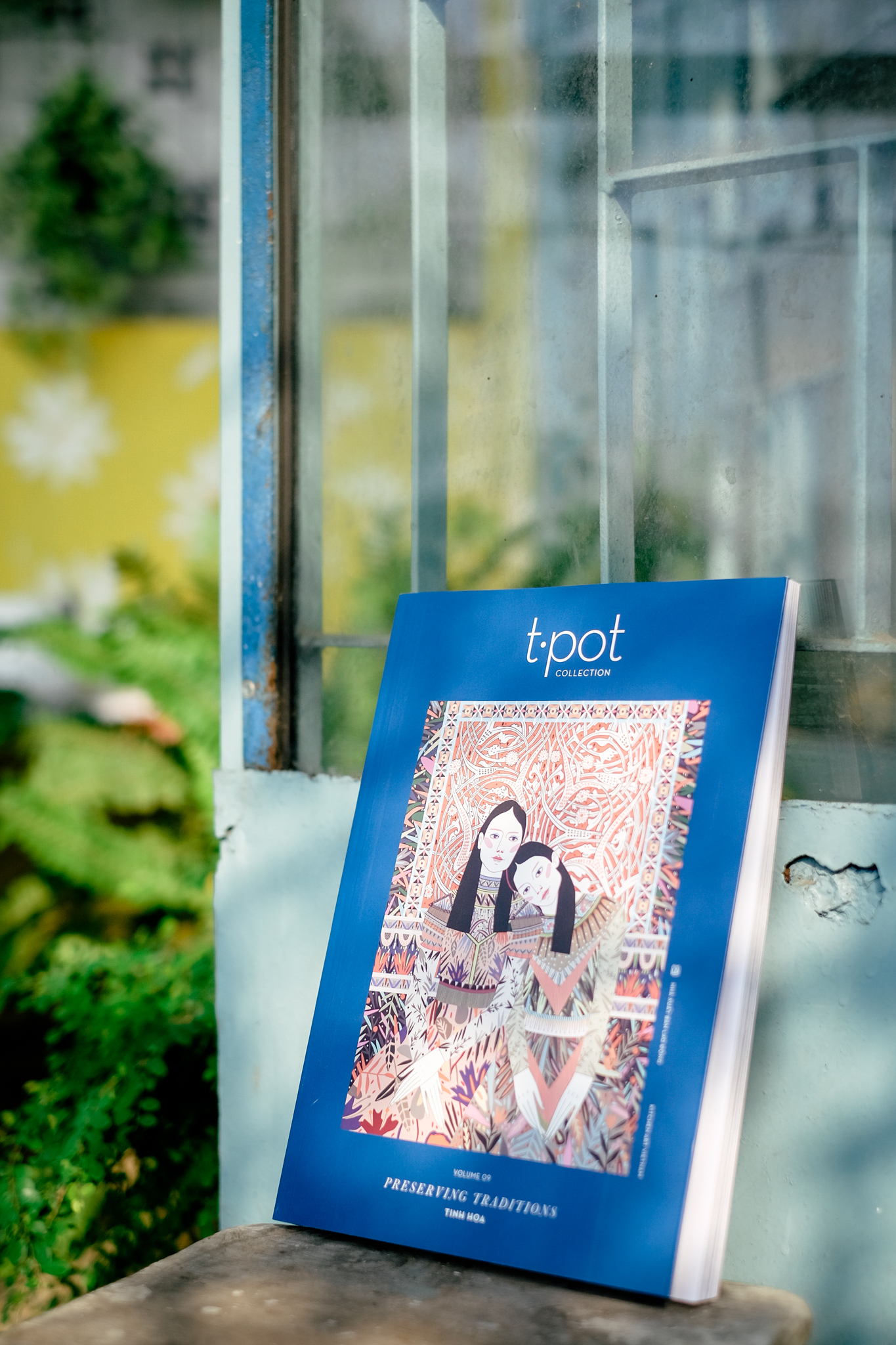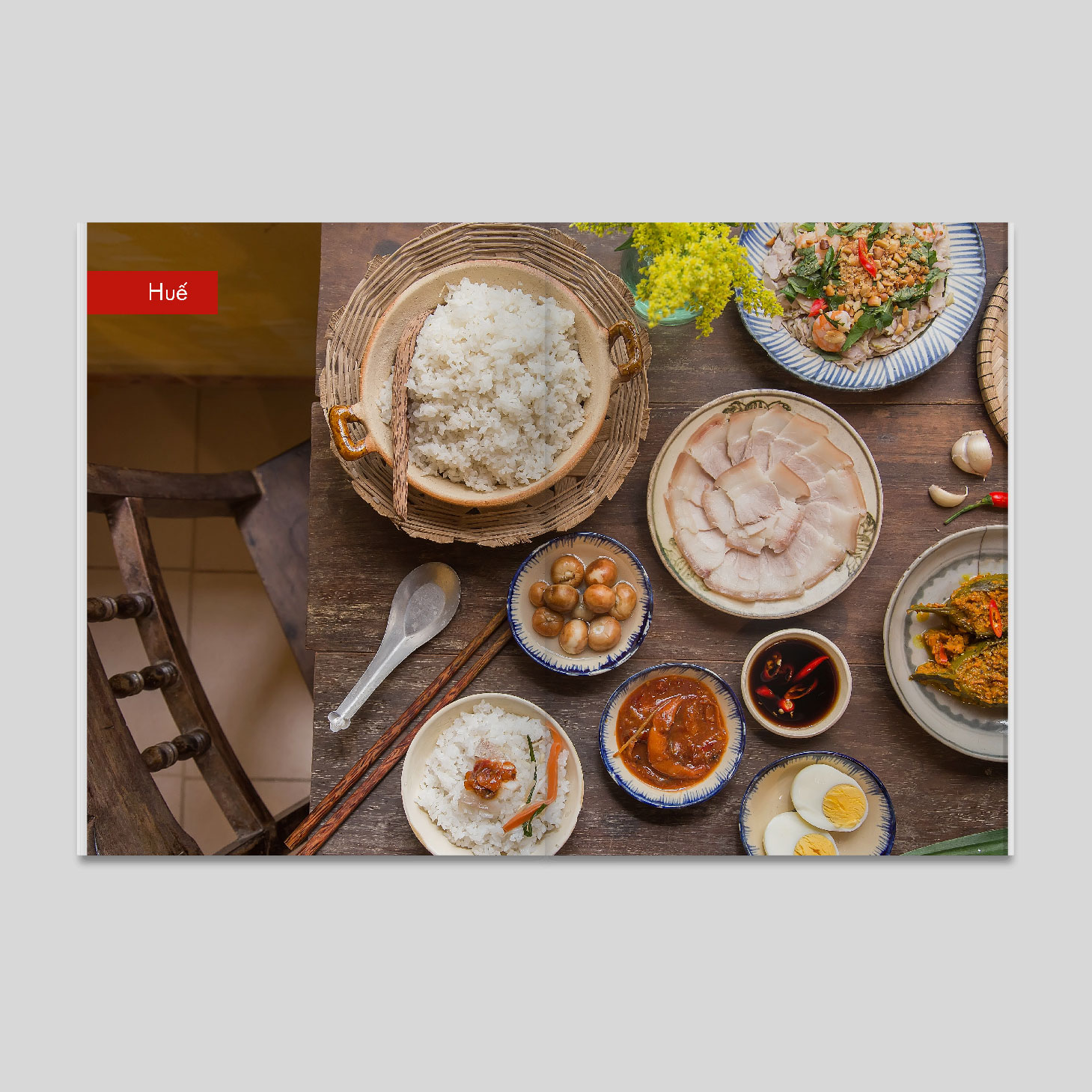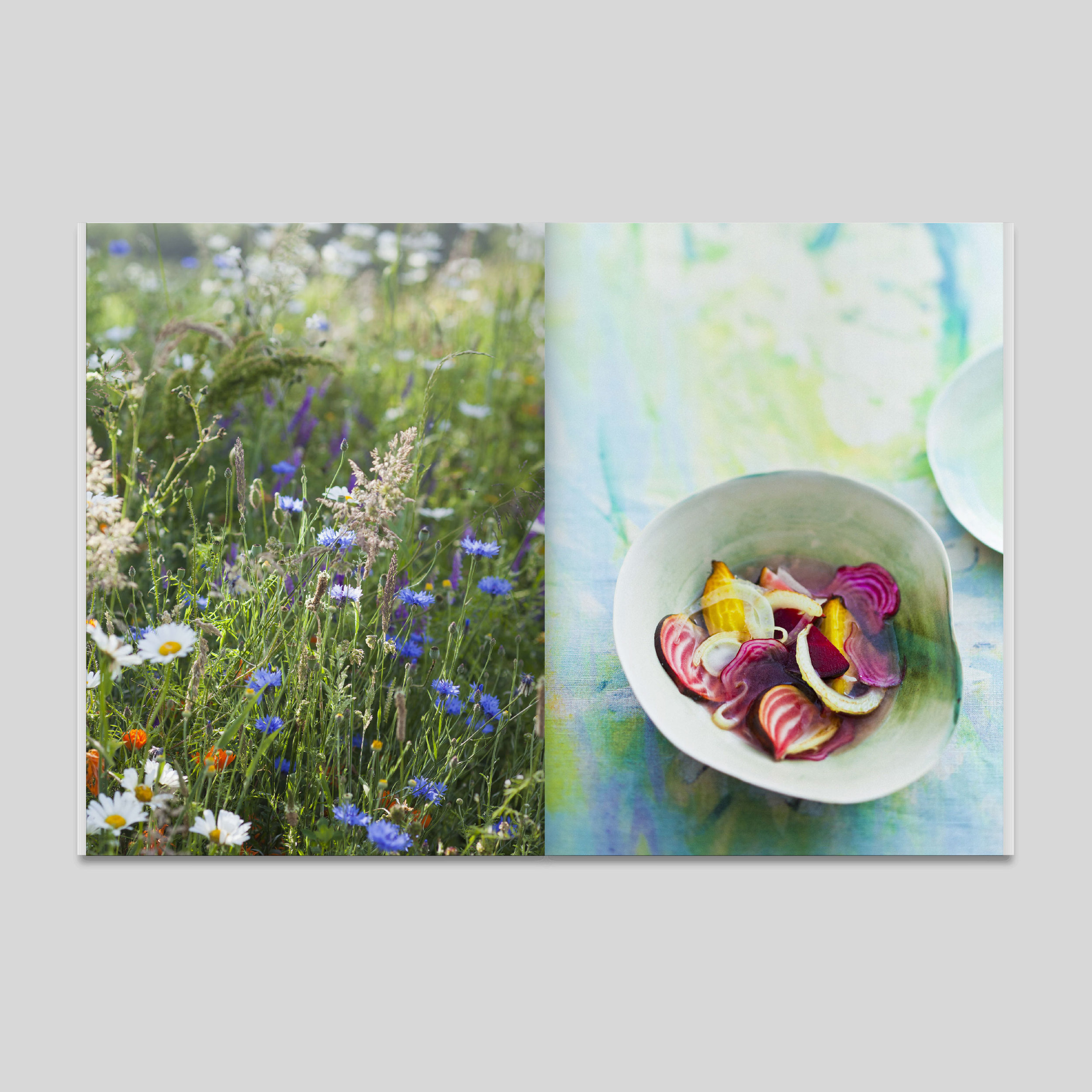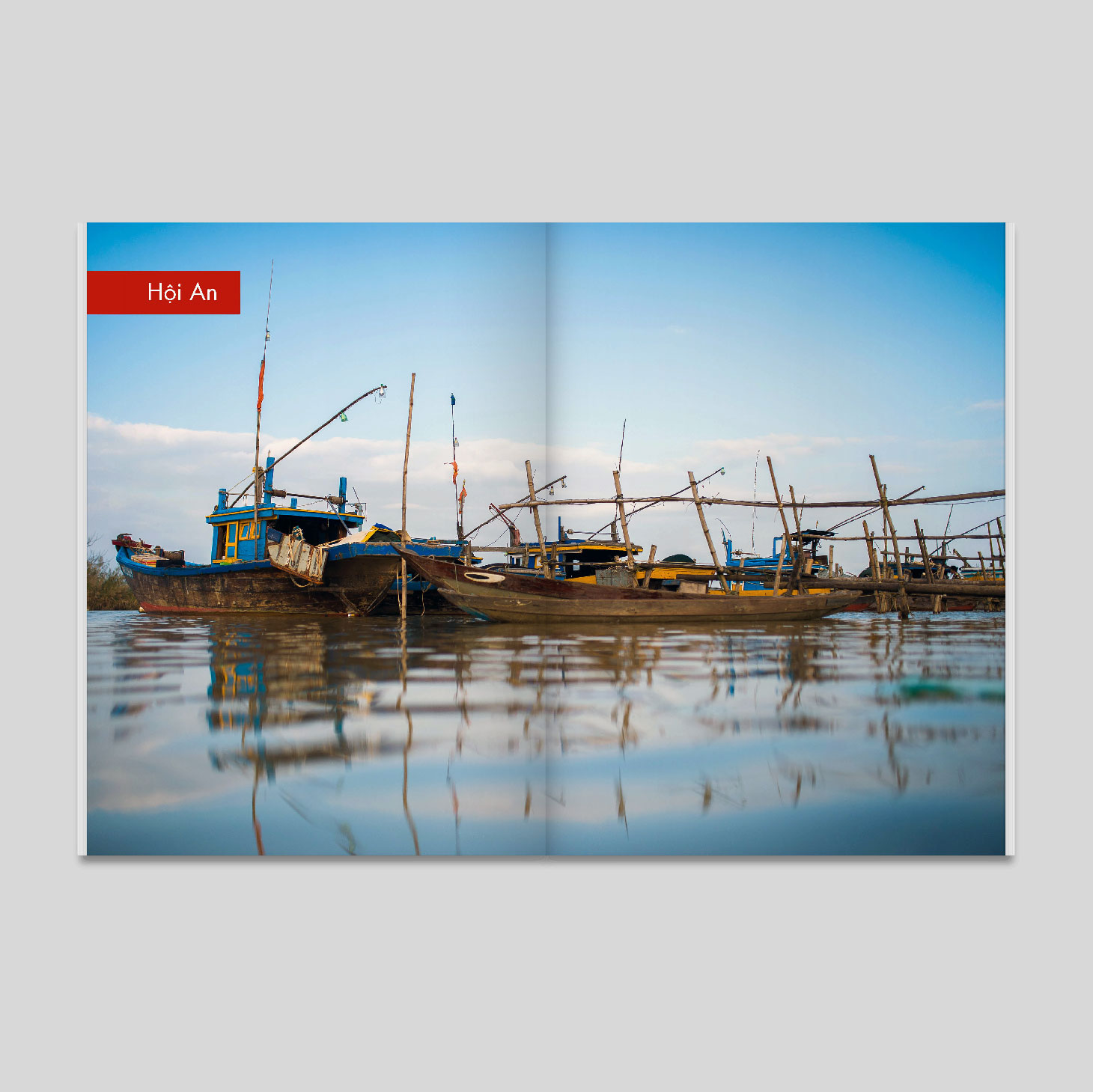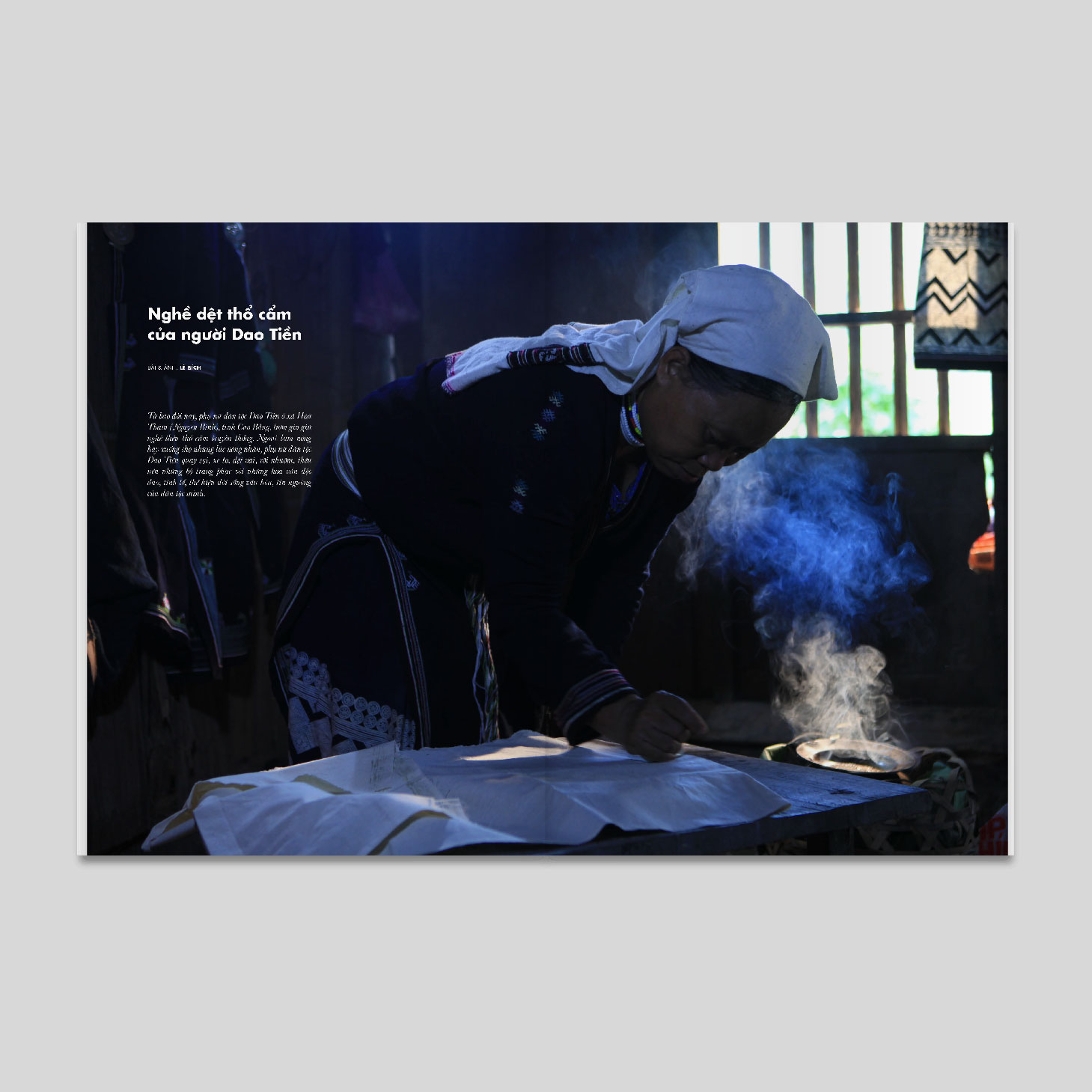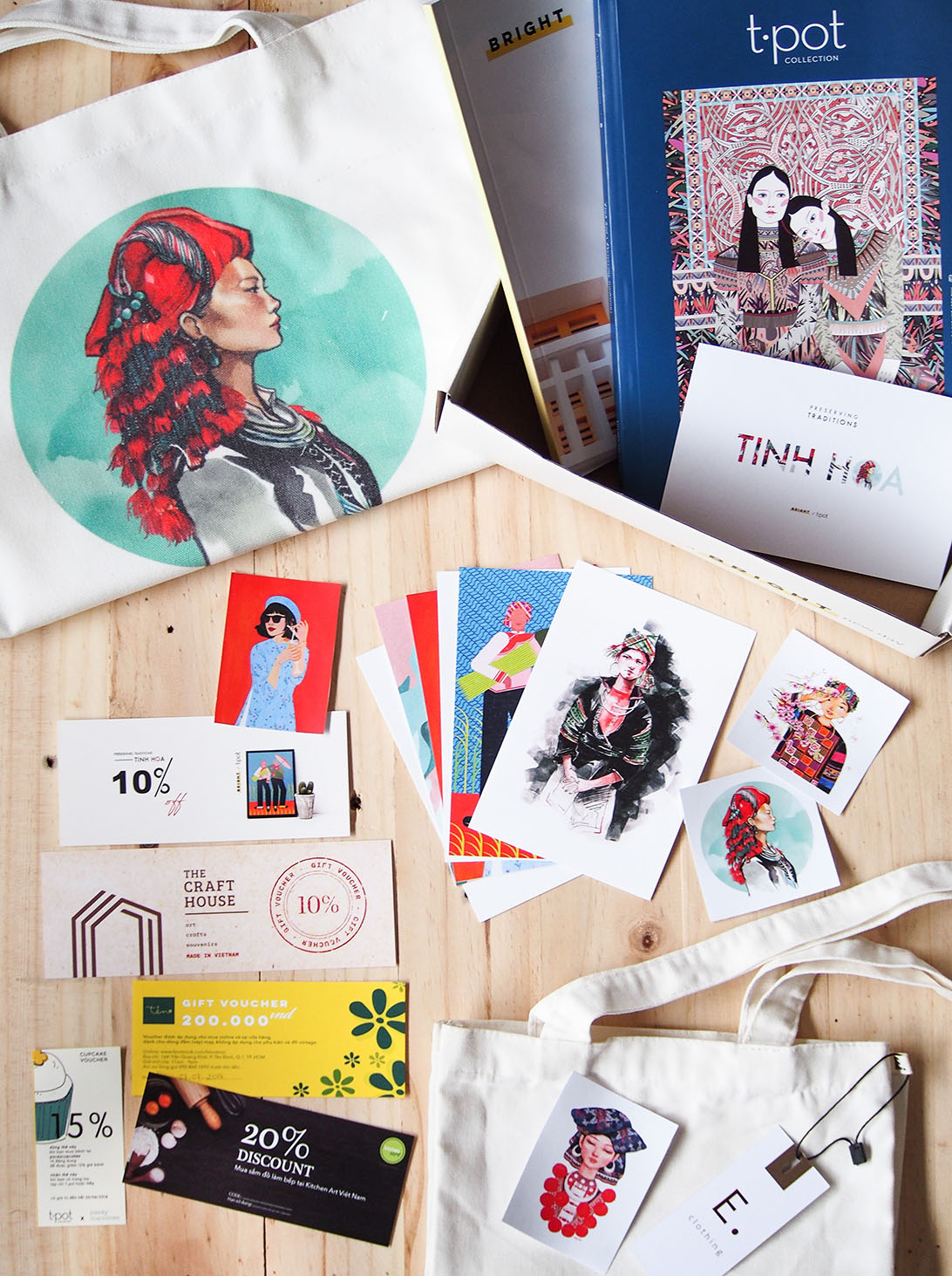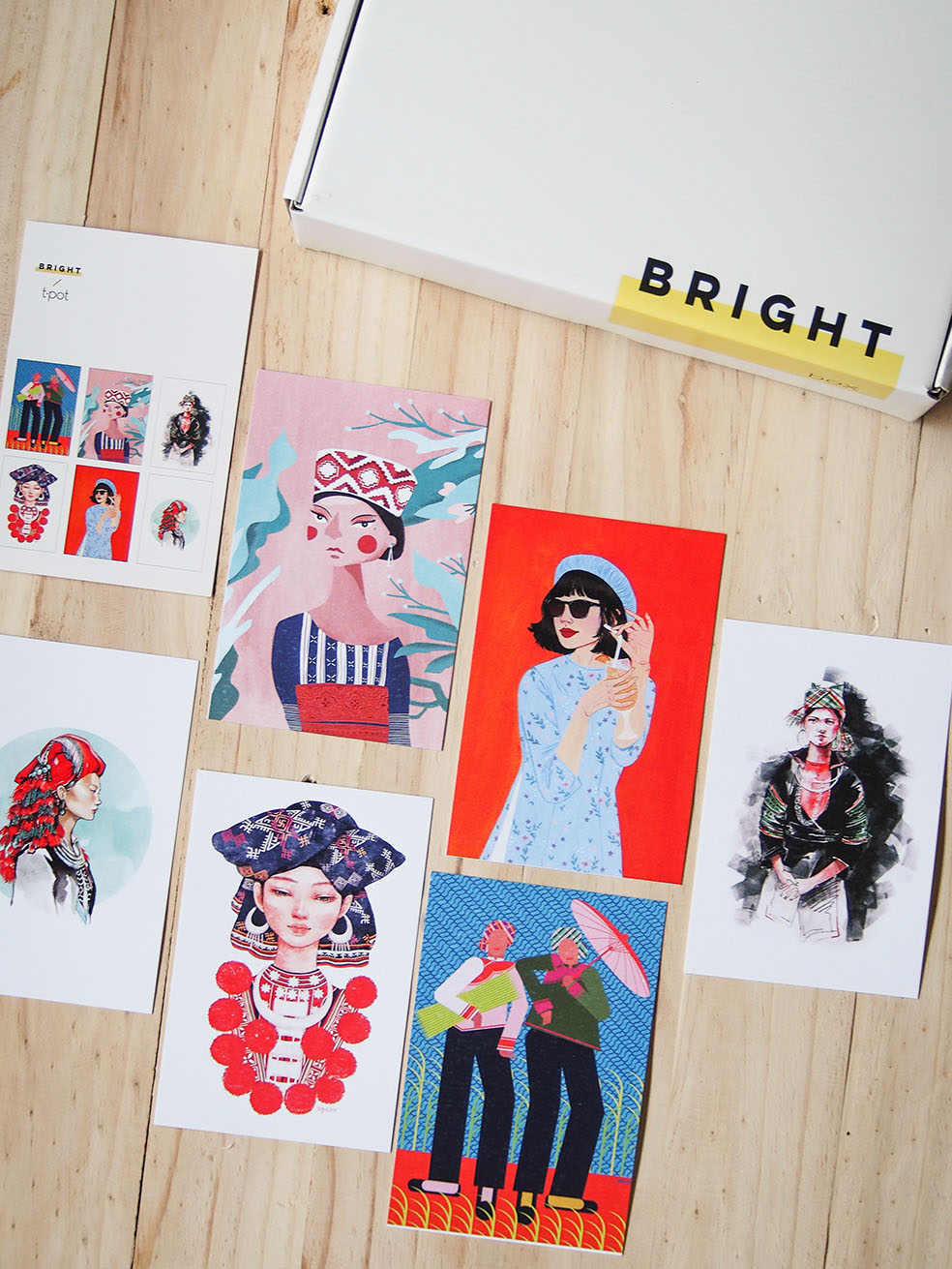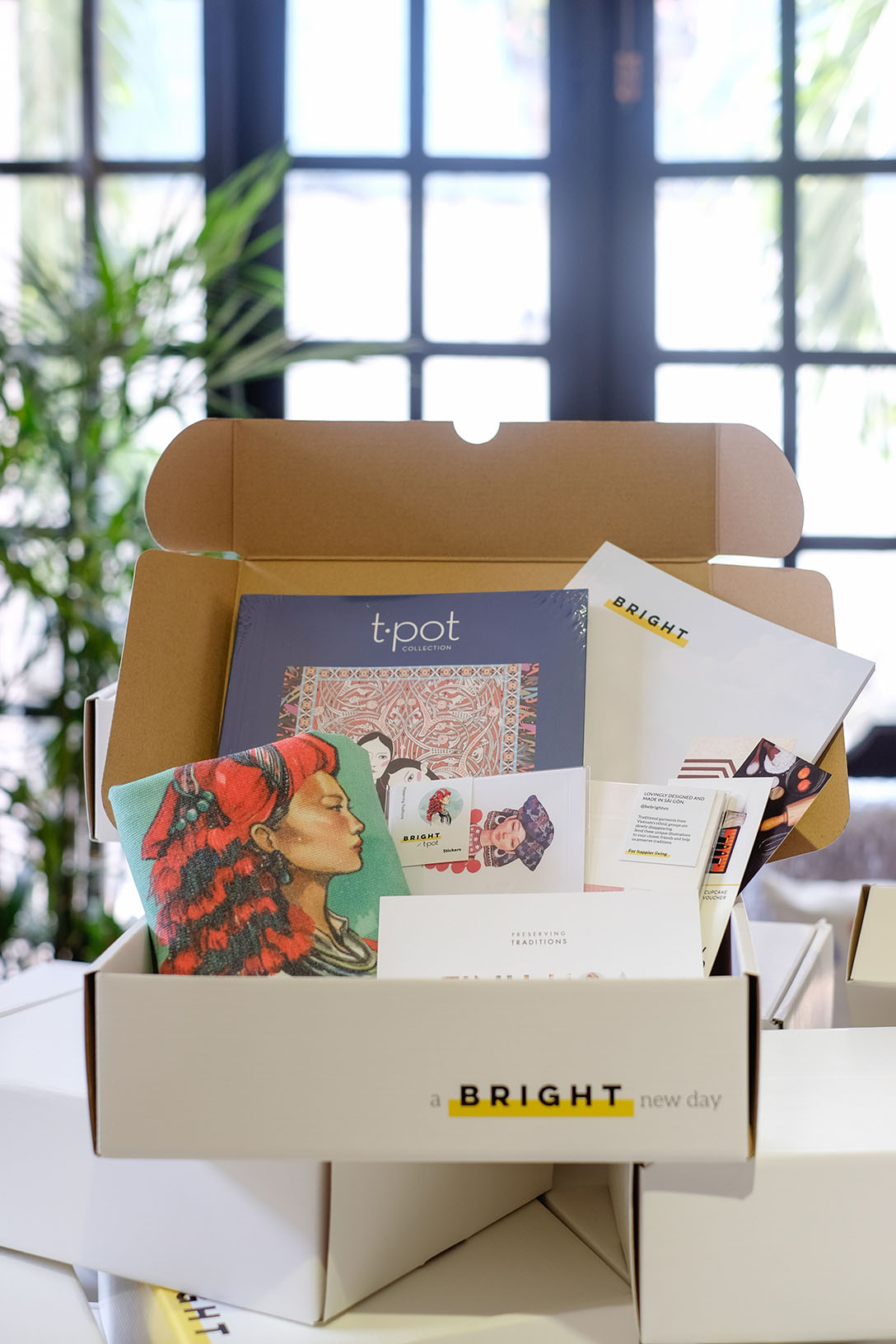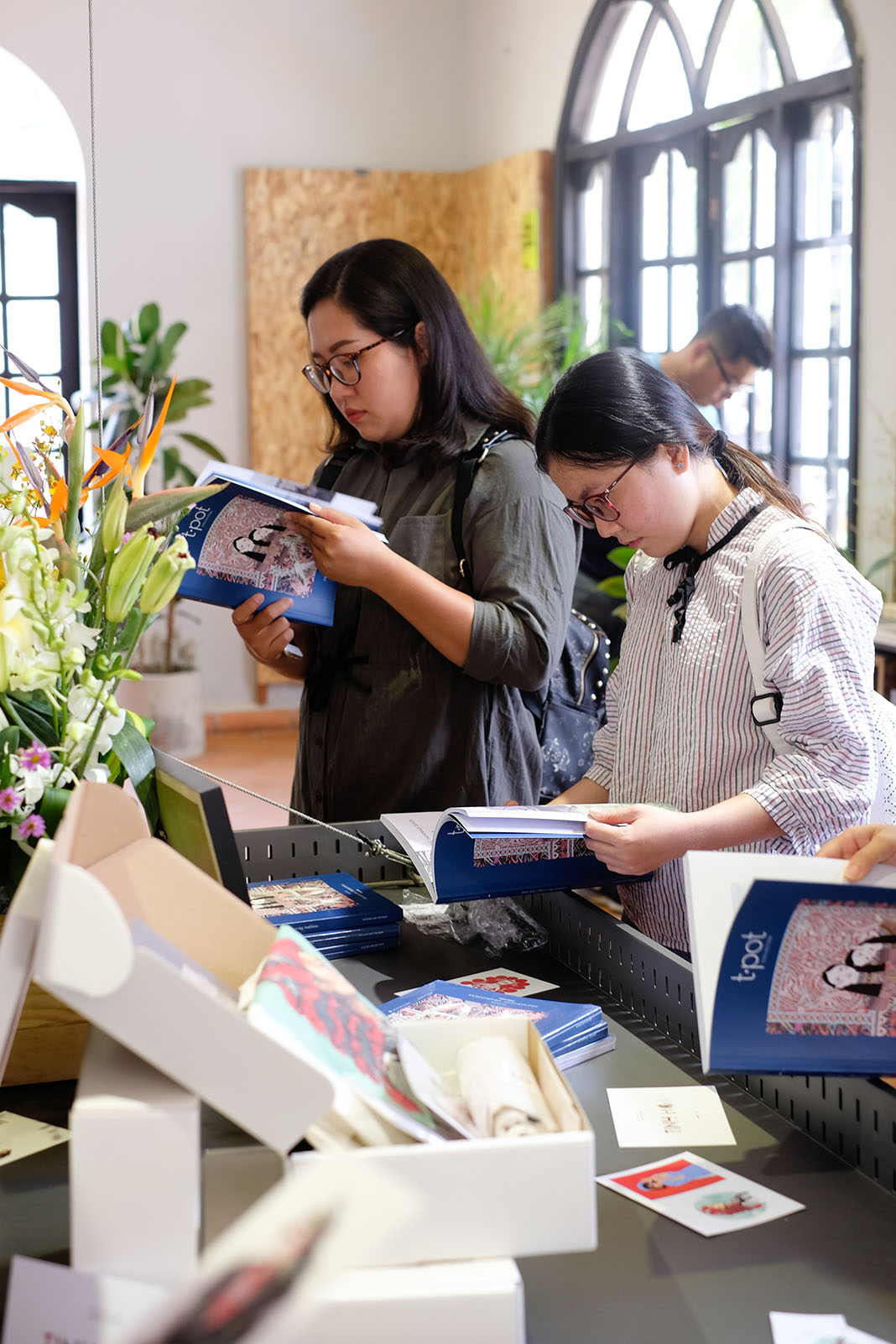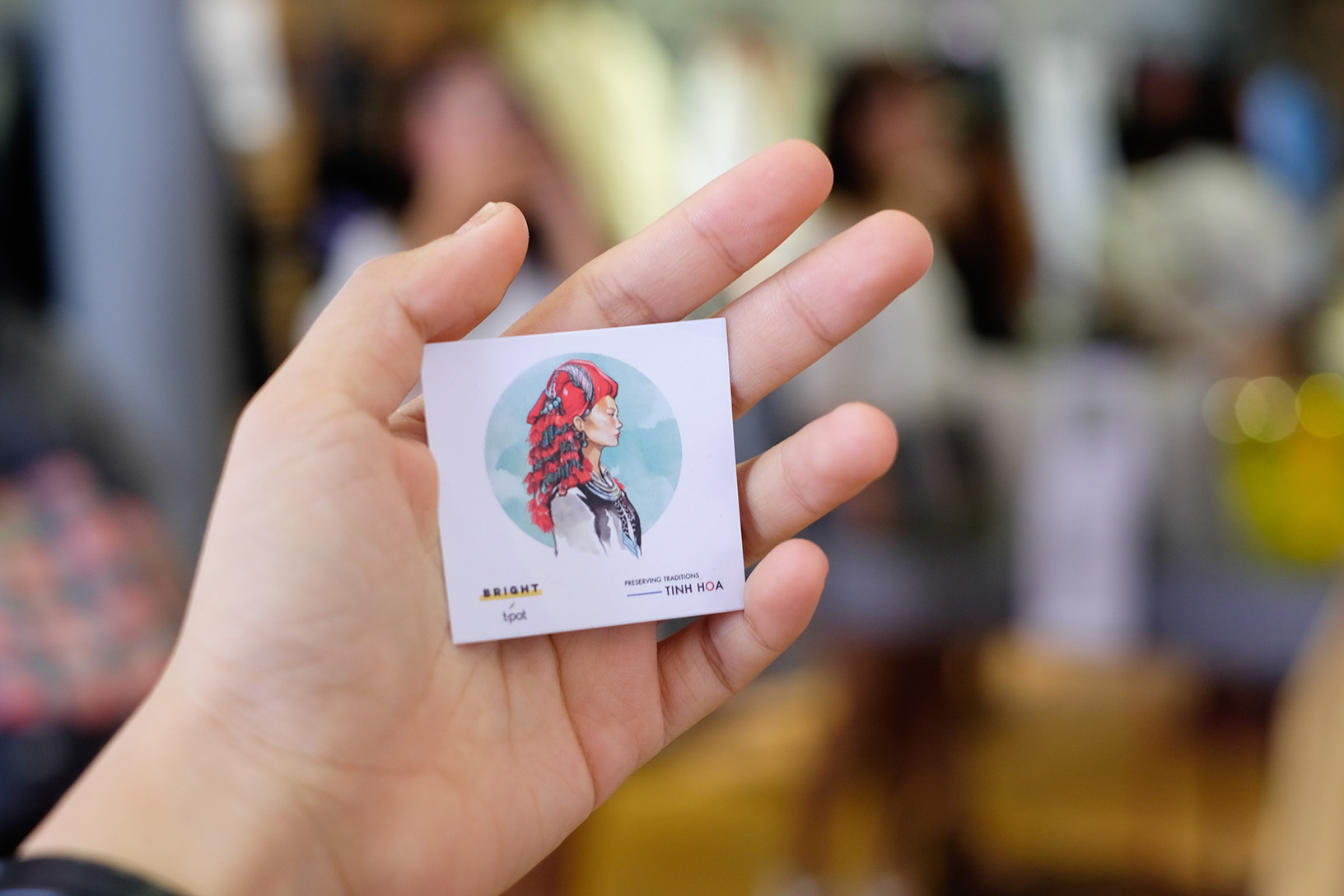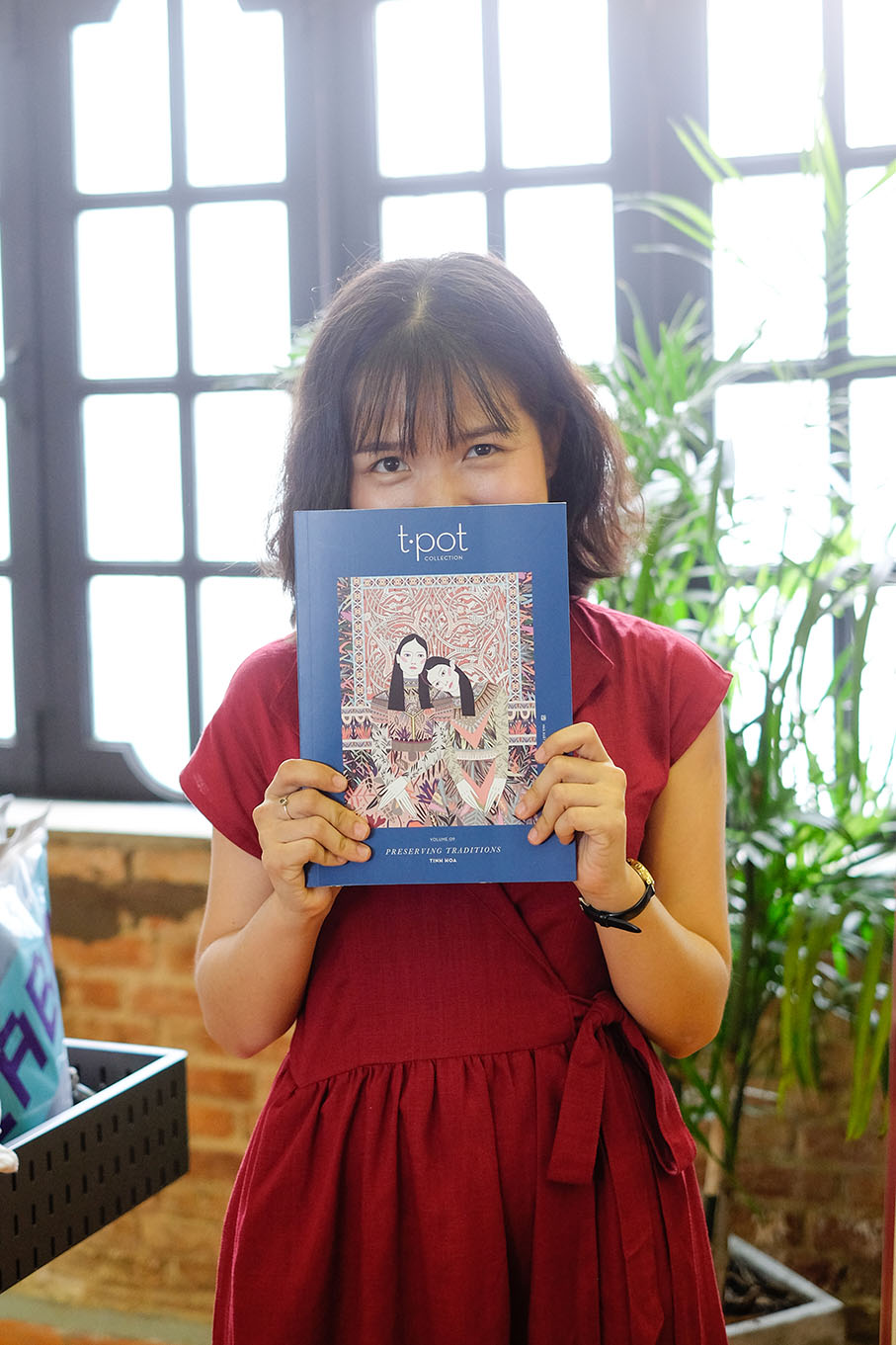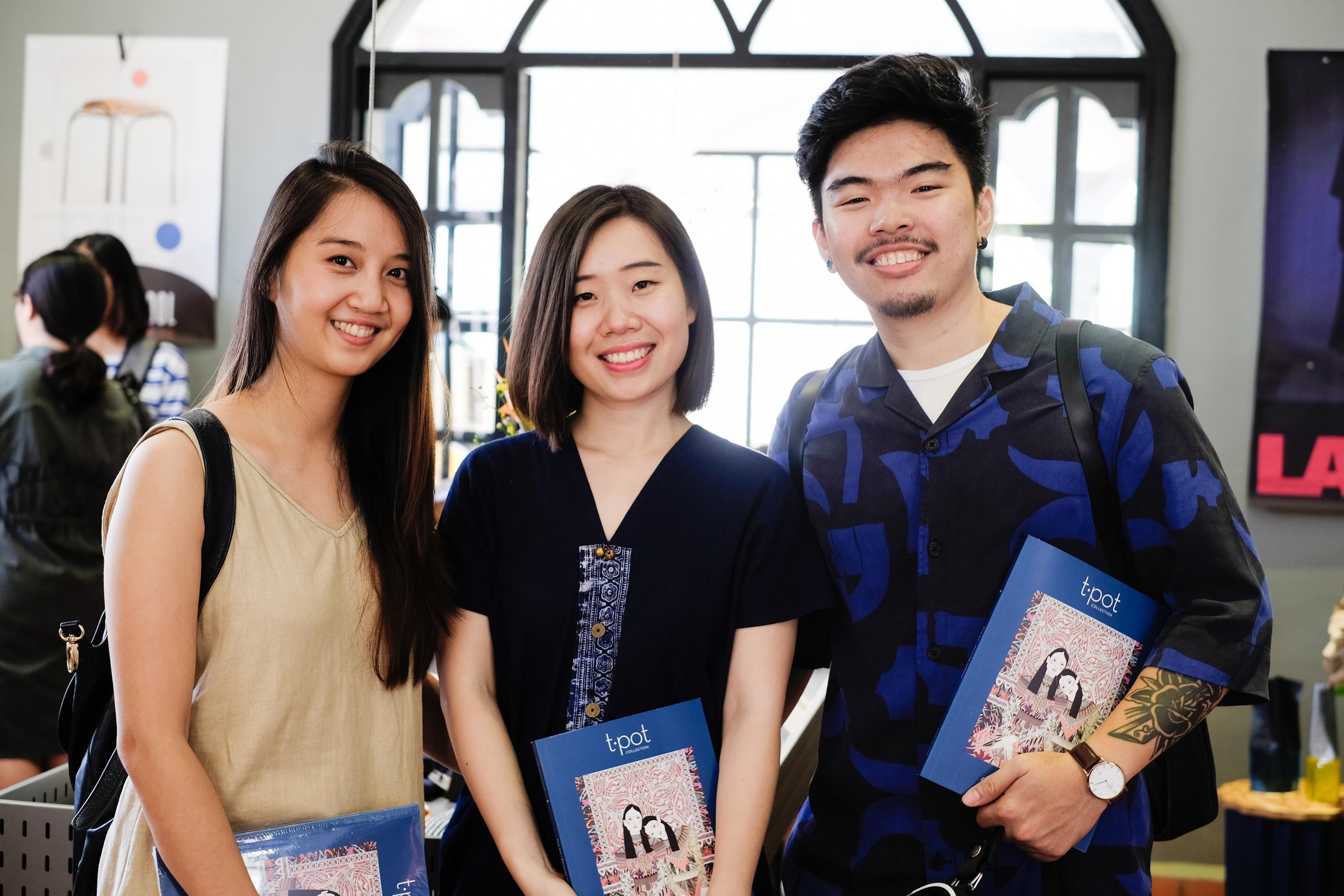preserving traditions
Tinh Hoa
I felt I had a responsibility to put in this book the essence of these traditional values which may soon be forgotten.
My inspiration to make this book stems from my first trip to Myanmar. When sat foot at Yangon airport, I couldn’t keep my eyes off the Longyi dresses worn by both men and women here. The vibrant colors of Longyi and its beautiful patterns were mesmerizing, it is something very unique especially when compared to fast fashion.
My first thought was: What if I could see everyone in Vietnam wear Ao Dai almost every day? It would be beautiful! Maybe I could encourage people to wear traditional clothing more often. Ao Dai is most commonly known as Vietnamese traditional dress, but, in fact, there are 54 different ethnic groups in Vietnam and each group has their own unique clothing. According to a 2-year research study conducted by the Museum of Cultures of Vietnam's Ethnic Groups, “as many as 40 out of 54 ethnic groups in Vietnam were no longer wearing their traditional clothing. Only elderly ethnic people in remote districts still wear traditional costumes that are now faded, worn-out and handed down from generation to generation”. Many other ethnic people now wear costumes made from synthetic fabrics. Besides some practical reasons like the fact that weaving traditional fabrics to make into clothing can take months, many of the young people simply don’t feel proud of their own traditional clothing, mass media has influenced them to try and copy more "modern" styles instead.
I felt I had a responsibility to put in this book the essence of these traditional values which may soon be forgotten. To learn about different ethnic groups, I spent several days at the Warorot market in Chiang Mai and observed many of the weaving and dying techniques commonly used, as well as the indigo and batik fabrics made by the H’mong people. I also visited lotus weavers at Inle lake, Myanmar to see how silk is made from lotus stem fibers, they are incredibly soft and nice to touch! I am so fortunate to be able to witness and learn about these time-honored techniques, my heart was truly touched
I am very thankful to have many talented contributors who worked on this project with me. Franz has travelled a long way from Singapore to Tokushima, Japan to photograph one of the only five indigo farms left in the region (which was well known as the centre of Japan's indigo production before the 20th century). Not only limited to fabrics and clothing, T·pot volume 09: “Preserving Traditions” also features heritage art and cuisine spanning the North and South of Vietnam. I was in Hue in December 2017 and had an opportunity to meet up with a lot of passionate artists, photographers and writers there. They contributed a chapter to T·pot about Hue and I hope you will be inspired to visit the city this season.
The last chapter of T·pot volume 09 is dedicated to showcasing artworks from various illustrators. The colorful details found in ethnic clothing were used as great inspiration to create these works. Hopefully, in the near future, there will be even more artists and designers helping to preserve the many traditions by drawing inspiration from the past.
In addition to our work with incredible contributors, T·pot has also collaborated with Bright to produce limited editions gift boxes. We printed the various illustrations featured in the volume on tote bags, postcards, stickers, and packed all of them along with the magazine in this delightful box set.
Recently, we had the pleasure of hosting a launch event in Ho Chi Minh city and I was amazed by the love and support from all the readers, many of whom I’ve never met. I truly hope this little book will carry our message further than ever before. It is not just about preserving the lost arts, but also sustainable living, which requires us to know where products come from, who made them and their effects on our environment.
Please help to spread the message too!


